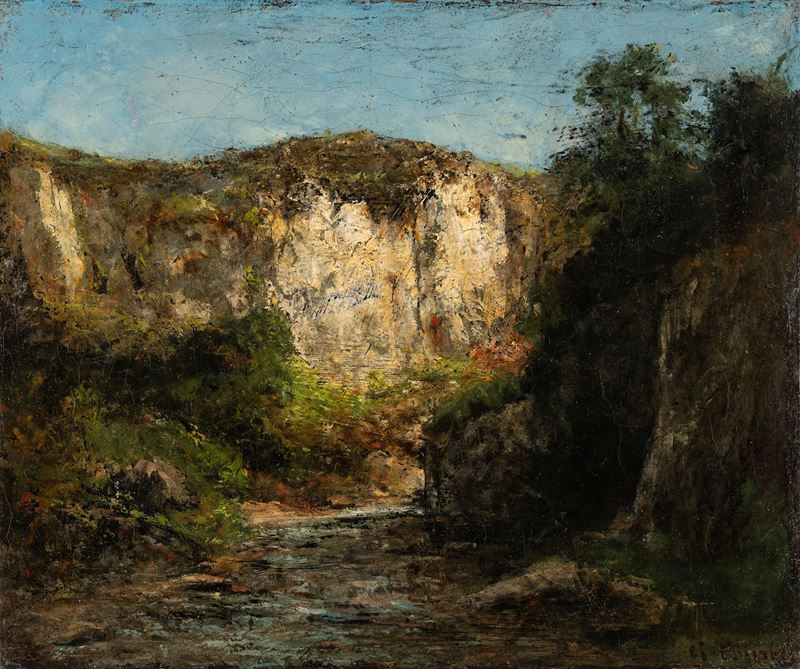Information
cm 46 x 36
signed lower right: G. Courbet
Provenance
Venice, Cardazzo collection;
Venice, Neri Pozza collection;
Bergamo, Lorenzelli collection;
Bergamo, Finazzi collection;
Milan, private collection.
Specialist Notes
Condition report
Suggested lots
Caricamento lotti suggeriti...





















